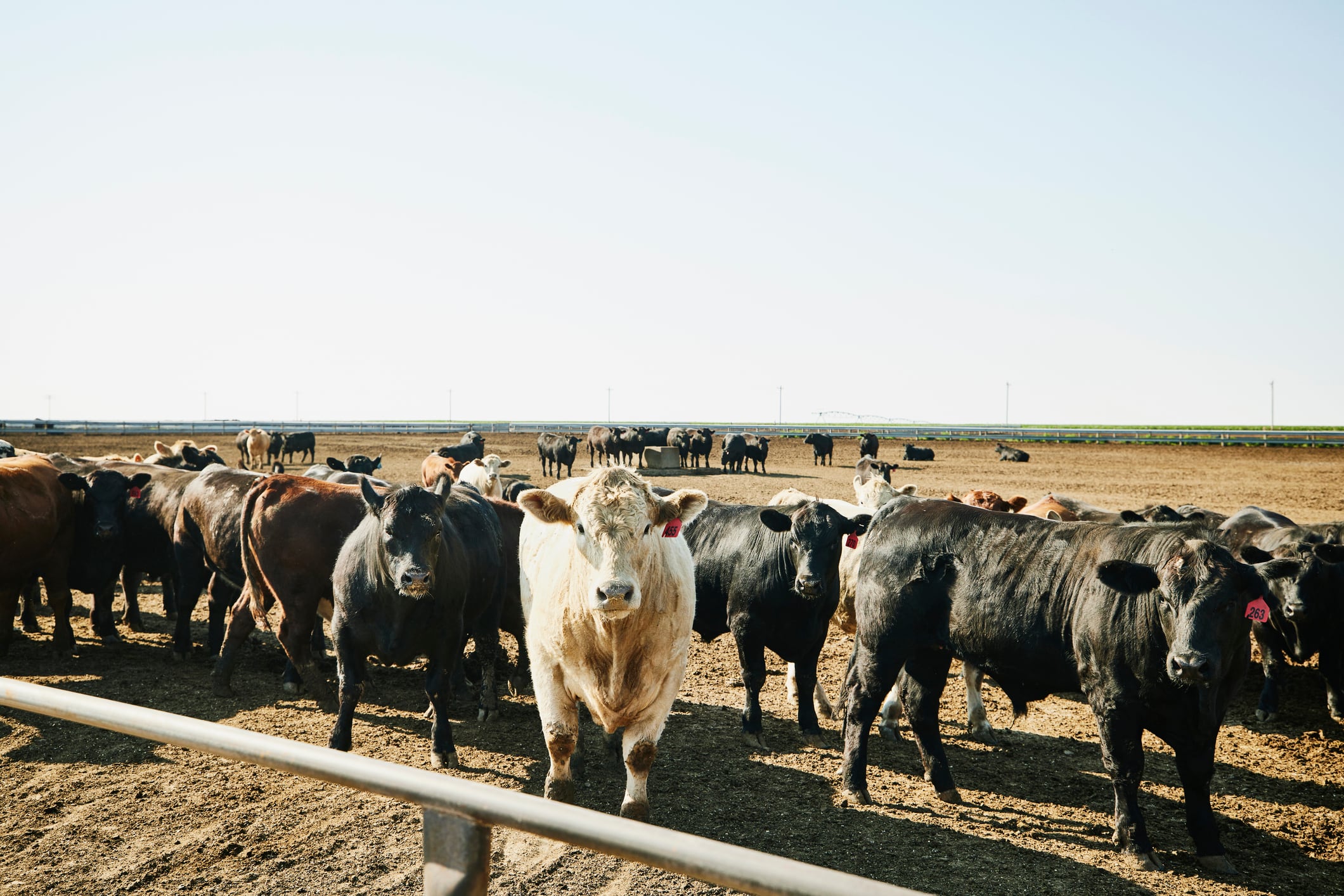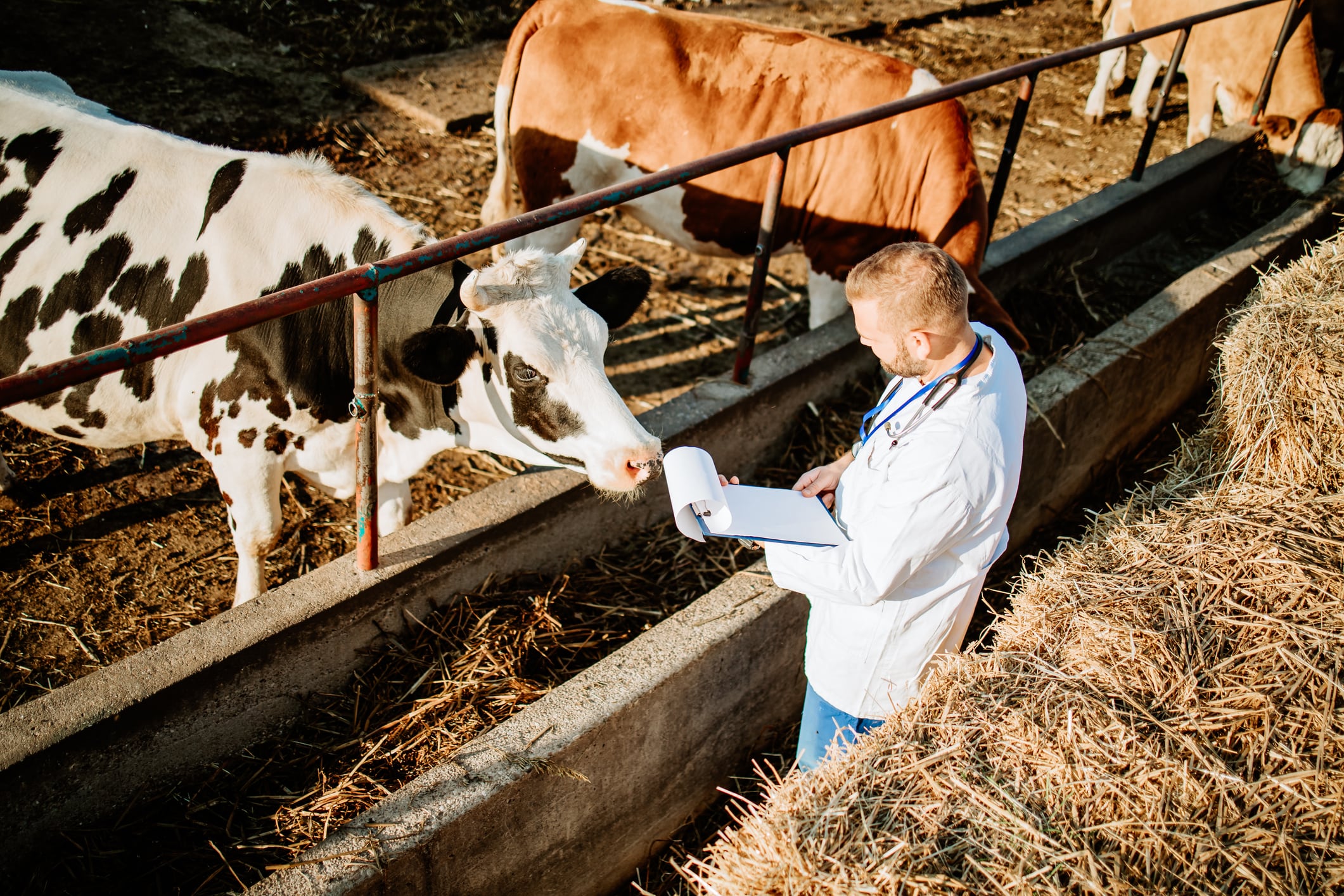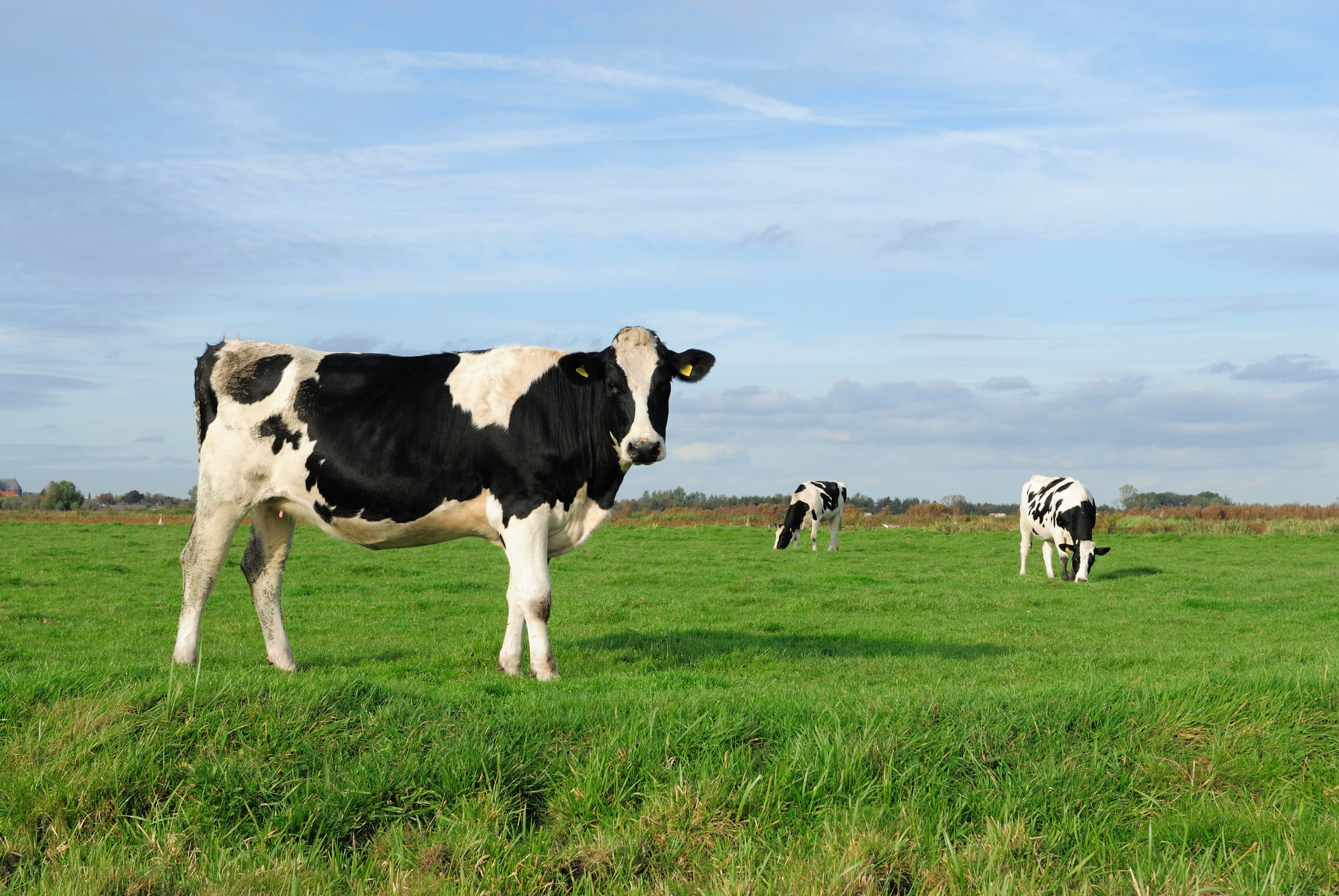A new paper from the US suggests that high-starch diets could potentially reduce the prevalence of Salmonella in cattle - a finding that may have significant implications for food safety and livestock management.
Understanding how cattle become infected with Salmonella, a major public health concern, is key to developing effective prevention strategies. Researchers at the Texas A&M College of Veterinary Medicine and Biomedical Sciences (VMBS) are exploring this issue from a fresh perspective: examining how diet and feeding schedules influence Salmonella infections.
Their recent study, published in the Microbiology Spectrum journal by the American Society for Microbiology, found that cattle fed high-starch diets showed a potential reduction in Salmonella prevalence, particularly in the lymph nodes. These nodes are often embedded in fat trims used in ground beef, making them a critical point of concern for food safety.
Feedyard cattle in the US are typically fed high-energy, grain-based diets to promote rapid growth and efficient weight gain. If high-starch diets, comprising readily fermentable starch, low roughage, and no grain-milling co-products, can help reduce Salmonella levels, this could offer ranchers a new tool for controlling bacterial spread within herds, according to the researchers.
Dr Gizem Levent, assistant professor at VMBS, explained to AgTechNavigator:
“Cattle on higher-starch diets showed fewer Salmonella-positive lymph nodes, likely because starch fermentation lowers gut pH, creating a more hostile environment for Salmonella. Since the bacteria reach lymph nodes via the gut, reducing their survival there may limit their spread. While our trial indicated this trend, the effect wasn’t statistically significant, and further research is needed to confirm it.”
Levent and Yesica Botero, a fourth-year biomedical sciences PhD student, took samples of feces, hides, lymph nodes and soil from cattle over a period of more than seven months.
Although their study did not find statistically significant reductions across all sample types, the researchers observed a non-significant decrease of approximately 20% in subiliac lymph nodes and 8% in fecal samples compared to the control cattle group.
Unintended consequences
However, modifying feeding practices to reduce Salmonella may carry unintended consequences.
“Feeding strategies that lower gut pH - such as high-starch diets - can shift the microbiome in ways that may harm cattle health,” Levent reported. “For example, rapid starch fermentation in the rumen can lead to acidosis, damaging the rumen lining and allowing bacteria like Fusobacterium necrophorum to enter the liver and cause abscesses. There’s also evidence that starch reaching the hindgut may contribute to this issue.”
She added that any dietary change alters the gut microenvironment, potentially suppressing some microbes while enabling others to thrive. These shifts could also affect other foodborne pathogens, shoring up the need for additional studies.
Striking a balance
Currently, there are no starch types proven to reduce Salmonella without increasing the risk of liver abscesses.
“Some interventions, such as direct fed microbials or alternative feed ingredients, have been associated with reductions in Salmonella in certain settings, but the results are inconsistent,” Levent noted.
Future research will explore how varying starch levels and feeding durations before harvest affect both Salmonella prevalence and cattle health outcomes, such as performance and liver abscess frequency.
“Our goal is to strike a balance where food safety improvements don’t come at the expense of animal health,” Levent concluded.
Policy implications
When asked whether this research might influence industry practices or USDA guidelines, she emphasized caution:
“This was a pilot study. While our findings suggest diet may influence Salmonella levels in cattle lymph nodes, it’s too early to recommend changes to feedlot management or USDA policies. The high-starch diet showed potential benefits but also raised concerns about cattle health. These trade-offs highlight the need for larger, more comprehensive studies.”
The researchers also plan to delve deeper into the data, analyzing the specific Salmonella serotypes found in their samples. They believe that by looking at the genetic profiles, they can better understand which serotypes are present, how they might respond to antibiotics, and whether they carry genes that make them more likely to survive or spread in the environment.





